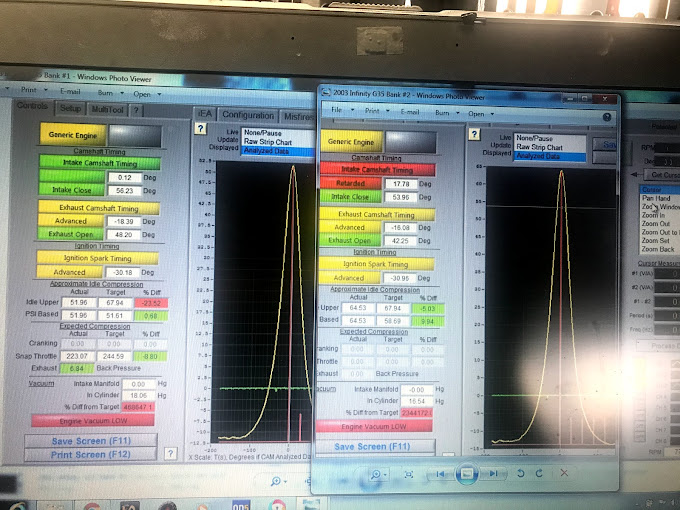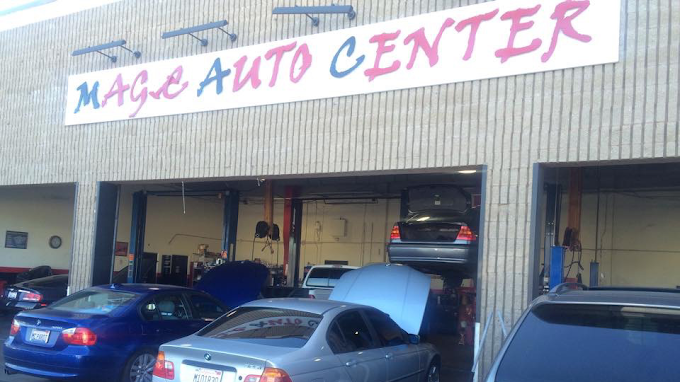Ultimate Engine Light On Guide – Meaning, Causes, Reset and FAQs
When a car’s engine light turns on, many people ignore it while hoping it’s not a big issue. While minor problems often activate a check engine light (malfunction indicator light – MIL), serious issues often do so also, and not addressing the problem can lead to expensive repair bills. More than 15% of vehicles on the road have their service engine light on.
But, what does it exactly mean when your check engine light goes on? Is it dangerous, and what should you do about it? Keep reading, and you’ll get answers to all your questions.


